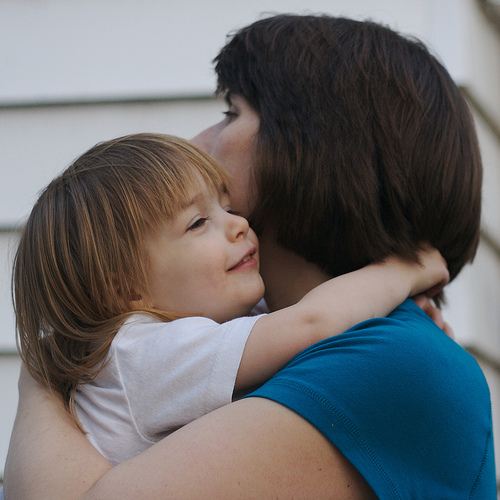 Attachment is such a big word in adoption. Is your child attached? Does your child have an attachment issue or even an attachment disorder? It seems like such a simple word, but it is really quite complicated.
Attachment is such a big word in adoption. Is your child attached? Does your child have an attachment issue or even an attachment disorder? It seems like such a simple word, but it is really quite complicated.
Attachment is the bond that a child has with their parents, or caregivers. Attachment occurs when a child feels safe and knows that his or her needs will be met. Merriam-Webster defines attachment as “strong feelings of affection or loyalty for someone or something.”
There is attachment then there are types of attachment. How a child attaches is dependent on the parents and their attachment style from which they learned from their parents. Attachment theory was first introduced by Dr. John Bowlby and further developed through research by Dr. Mary Ainsworth. To determine the attachment style of infants, Ainsworth used a scenario called The Strange Situation, where a child and his parent or caregiver is put in a room. After a period of time the child is separated from his parent, after a few minutes a stranger enters the room, then after several more minutes the child is then reunited with his parent then the stranger leaves the room. Based on the child’s behaviors and responses in this situation the attachment style of the child can be determined.
When it comes to attachment styles, secure is the goal that parents strive for. When a securely attached child cries he knows that his caregiver will consistently respond and comfort him. A child who is secure attached will play freely when their parent or caregiver is present. When distressed, this child will seek their parent, raise his arms to picked up, and will be easily calmed by his parent or caregiver. In the relationship between parent and child there is an obvious pattern where the child asks for his needs to be met and the parent reciprocates with love and affection and adequately meets the child’s needs. A securely attached child is very close with his parent and will be able to develop a positive sense of self and will develop positive healthy relationships with others as he grows older.
There are three categories of insecure attachment, which are termed ambivalent, avoidant, disorganized.
In The Strange Situation a child who is avoidant in their attachment has learned that his parent or caregiver will not respond to his cries and this child may not cry in order to get his needs met. This child may receive appropriate care as far as food and clothing go, however his emotional needs are not attended to. This parent may not be comfortable with physical touch and does not provide affection toward her child.
A child who is ambivalent in their attachment to a parent or caregiver will cry but is not easily soothed by his parent or caregiver. This child has not received consistent care from his parent, sometimes the parent will respond to the child and try to comfort him and other times may reprimand the child for crying and therefore, the child does not know what to expect. One example of a parent of a child with ambivalent attachment would be a parent with a history of drug or alcohol abuse and therefore responds to the child when sober and is unable to respond appropriately when under the influence.
A child who has a disorganized attachment will appear afraid of the parent or caregiver. This child typically does not respond in a particular way when he is upset but reacts in survival mode and by the mere sight of his parent will respond in fight, flight or freeze. This usually indicates that the child has experienced trauma, neglect or abuse by the parent or caregiver. This child will most likely end up having difficulty in other relationships and may develop psychiatric or personality disorders.
Often children who join a family through adoption may have formed an insecure attachment with a caregiver in the past. Children from hard places have not had a consistent caregiver and have all experienced trauma on some level. This doesn’t mean that this child is unable to form a secure attachment, but that it will be more difficult for that child to attach and that it will take time and a, positive, loving, and consistent response from a caregiver in order for them to form a secure attachment. MLJ Adoptions offers Support Services to adoptive parents, please do not hesitate to contact us if you have any questions or concerns.
Photo Credit: Andy Peters
Derived or reproduced from Trust-Based Relational Intervention® resources (Purvis & Cross, 1999-2013).
